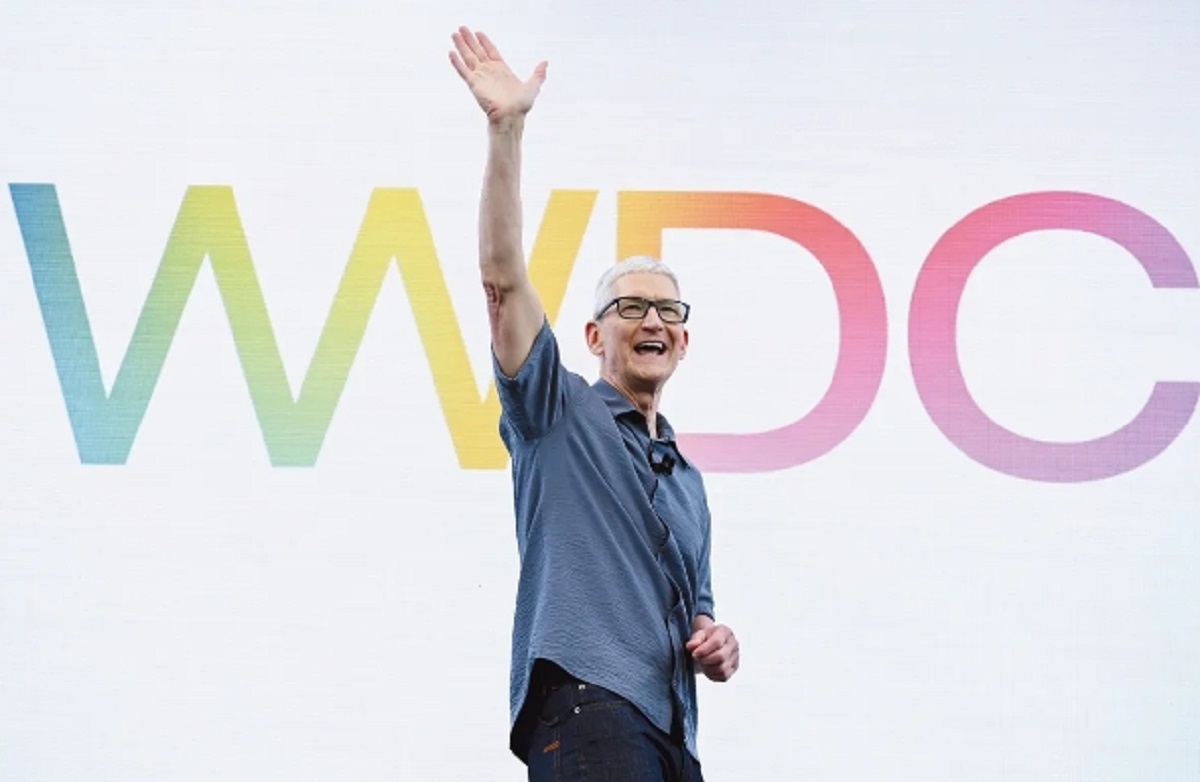Amazon’s Kuiper Satellite Ambitions Halted by Production and Launch Delays
Amazon’s bid to challenge SpaceX’s Starlink with its own low-Earth-orbit satellite constellation, Project Kuiper, has run into a series of setbacks that threaten its timeline and financial viability. From weather-related launch scrubs to staffing shortages and rocket shortages, the initiative faces mounting pressures as it races to meet a critical 2026 regulatory deadline.
Production Hurdles in Kirkland
Amazon’s satellite factory in Kirkland, Washington, has become a bottleneck. Designed to produce up to five satellites daily, the facility is struggling to hire enough skilled workers. By late 2024, only 120 of the required 200 employees had been onboarded, slowing output. This delay is particularly acute given the Federal Communications Commission’s (FCC) mandate to deploy 50% of its 3,236-satellite constellation—1,618 satellites—by July 2026. Analysts warn that without a surge in production, Amazon risks missing this milestone, which could lead to losing its orbital license.
Launch Delays and Rocket Constraints
The first launch of 27 production satellites, initially slated for April 2024, was delayed repeatedly. A scrubbed launch on April 9, 2025, due to inclement weather, pushed the liftoff to April 28 aboard a United Launch Alliance (ULA) Atlas V rocket.  Even this delayed debut—over a month behind schedule—highlights the challenges Amazon faces. The Atlas V’s limited availability, prioritized for U.S. Space Force missions, has further constrained scheduling.
Even this delayed debut—over a month behind schedule—highlights the challenges Amazon faces. The Atlas V’s limited availability, prioritized for U.S. Space Force missions, has further constrained scheduling.
Amazon is also banking on ULA’s Vulcan Centaur rocket, but delays in its production have left only one test flight completed by late 2024. Meanwhile, Arianespace’s Ariane 6 (next launch not until July 2025) and Blue Origin’s New Glenn (which suffered a booster failure in its January 2025 debut) add uncertainty. Compounding the problem: SpaceX’s Falcon 9 dominates Florida’s launch calendar, with analysts warning it could “saturate” the market, leaving little room for Kuiper’s planned launches.
Regulatory Pressures and Strategic Adjustments
The FCC’s July 2026 deadline looms as a make-or-break moment. To reduce risk, Amazon recently trimmed its constellation size slightly, from 3,276 to 3,236 satellites, but analysts doubt this will ease the timeline. “The math is brutal,” said one aerospace consultant. “Even if Amazon hits peak production, they’d need to launch 10 satellites a day to meet the 2026 target—a pace no one has achieved.”
Investors are already growing wary. Amazon’s stock has dipped 7% since January 2025 amid reports of Kuiper’s delays, though broader market factors also play a role. Still, the project’s estimated $10 billion price tag—comparable to SpaceX’s Starlink—raises questions about return on investment. Unlike Starlink, which already serves over 10 million users, Kuiper has yet to deliver commercial service.
Competing in a Saturated Launch Market
Amazon’s reliance on multiple launch providers reflects both a strategic hedge and a logistical nightmare. While diversifying reduces reliance on any single rocket, coordinating schedules across ULA, Arianespace, Blue Origin, and SpaceX introduces complexity. “It’s like trying to assemble a puzzle while someone keeps adding pieces,” said one industry observer.
Conclusion
Amazon’s Kuiper project is in a race against time—and physics. With staffing shortfalls, rocket shortages, and a looming FCC deadline, the initiative’s future hinges on rapid execution. The FCC’s 2026 milestone demands deploying 1,618 satellites in 14 months—a pace that would require launching over 10 satellites daily, a feat no company has yet achieved.
Investors should note that Amazon’s stock has underperformed over the past year as these challenges materialize. Meanwhile, SpaceX’s Starlink continues to pull ahead, with over 10 million users and a proven launch cadence. Unless Amazon can resolve its production and launch bottlenecks, its $10 billion bet may struggle to deliver on its promise—or its price tag. For now, Kuiper remains a work in progress, and investors must weigh whether the risks outweigh the rewards.










